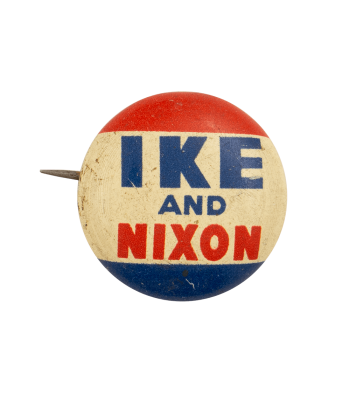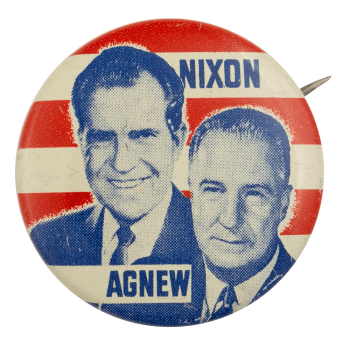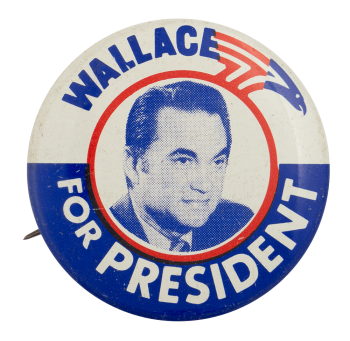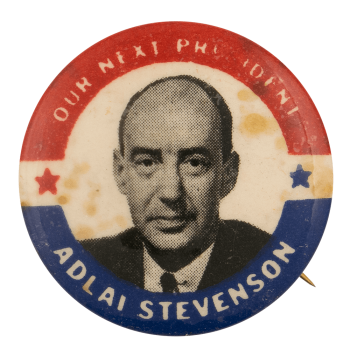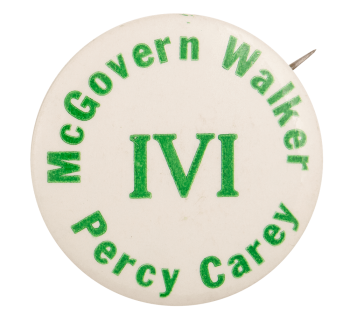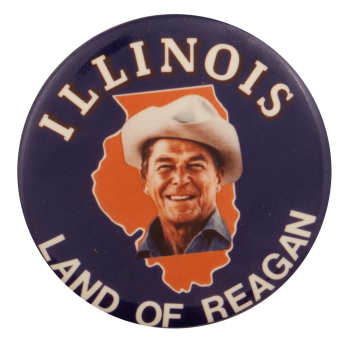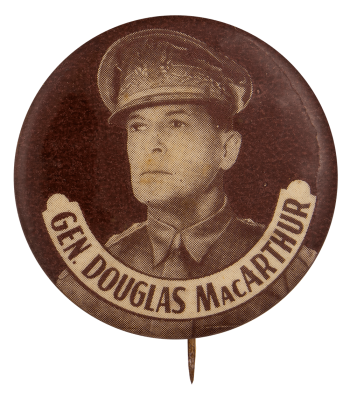Ike and Nixon Small
| Category | |
|---|---|
| Additional Images | |
| Text on Button | IKE AND NIXON |
| Image Description | Blue and red text on red, white, and blue background. |
| Back Paper / Back Info |
Union bug Union bug Union bug |
| Curl Text | Union bug Union bug Union bug GREEN DUCK CO. CHICAGO |
| Back Style | |
| The Shape | |
| The Size | |
| Year / Decade Made | |
| The Manufacturer | |
| Additional Information | In 1952, World War II veteran Dwight D. Eisenhower (Ike) ran for President of the United States on the Republican ticket. California congressman Richard Nixon was Eisenhower's Vice President nominee. Owing to Eisenhower's continued popularity after WWII and outgoing Democrat Harry Truman's unpopular handling of the Cold War, Eisenhower and Nixon won in a landslide victory in both 1952 and later in 1956. Under Eisenhower, the interstate highway system was created, the quality of life for middle-class white Americans improved, and Alaska and Hawaii were added to the Union. Nixon devoted nearly his entire eight years to foreign policy affairs. His most famous event being an impromptu debate with Soviet Premiere Nikita Khrushchev in Moscow known as "The Kitchen Debate." Eisenhower's two terms are remembered today as being some of the strongest in the twentieth century. |
| Catalog ID | PO1111 |

